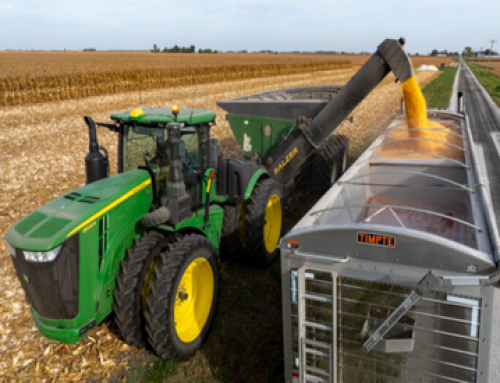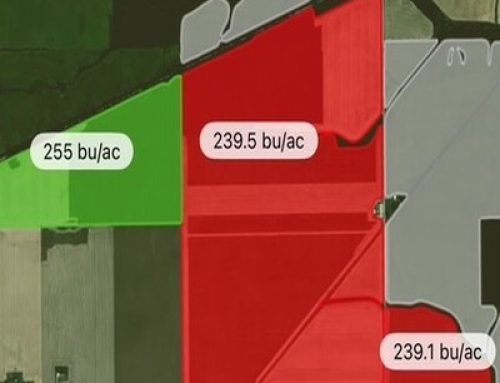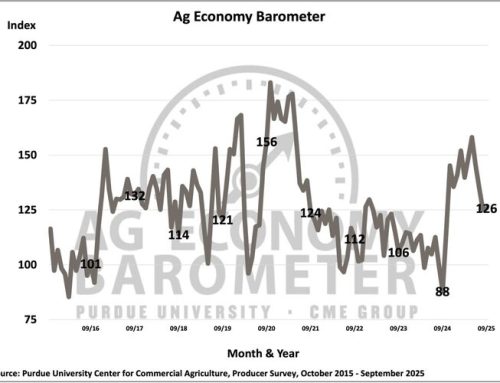Agri-Pulse reports:
EPA proposed a strategy Thursday to reduce insecticide exposure to hundreds of federally listed endangered species that includes a wide range of mitigation measures addressing spray drift and erosion.
The release of the draft comes days after 318 agricultural groups urged the agency to refine the way it evaluates the risks to species, saying the assessments can “significantly overstate” the risks of chemical use and require pesticide users to “adopt more costly, stringent restrictions than are truly necessary to protect listed species.”
The groups, including the American Soybean Association and a broad range of national and state producer groups, asked EPA in a letter “to initiate conversations with stakeholders on ESA risk assessment improvements no later than September.” The final herbicide strategy is due by Aug, 30, as required by a settlement agreement the agency reached with the Center for Biological Diversity.
For years, federal courts have ruled EPA has shirked its legal duty under the Endangered Species Act to analyze the impacts of pesticides on endangered species.
In the latest draft strategy and one proposed earlier this year addressing herbicides, the agency is trying to streamline required consultations with the Fish and Wildlife Service and National Marine Fisheries Service, which in the past have focused on one active ingredient at a time.
The herbicide and insecticide strategies are similar, proposing menus of mitigation options growers can choose from to achieve the required species protection.
Grower groups, however, have been critical of the approach taken thus far. In their letter, they say that EPA’s current methods to assess risk “are exceedingly conservative, often relying on unrefined models and very conservative assumptions in lieu of considering available relevant and reliable scientific and commercial data.”
CropLife America CEO Alexandra Dunn said CLA appreciates “EPA’s diligent efforts to resolve the challenges of ESA review of pesticide registration decisions, including the transparency the agency provided stakeholders through recent listening sessions.” CLA may ask for more time to comment and “will continue to advocate for reforms to the risk assessment and other aspects of the process to make ESA review work for all stakeholders.”
EPA hopes to make herbicide strategy easier to implement
Alan Meadows, a soybean farmer from Tennessee and an American Soybean Association director, said that while “EPA has made clear improvements” in its draft “compared to earlier proposals like the draft herbicide strategy,” the group does have “lingering concerns like whether EPA is meeting its requirements to verify these restrictions are necessary.”
To read the entire article click here.




